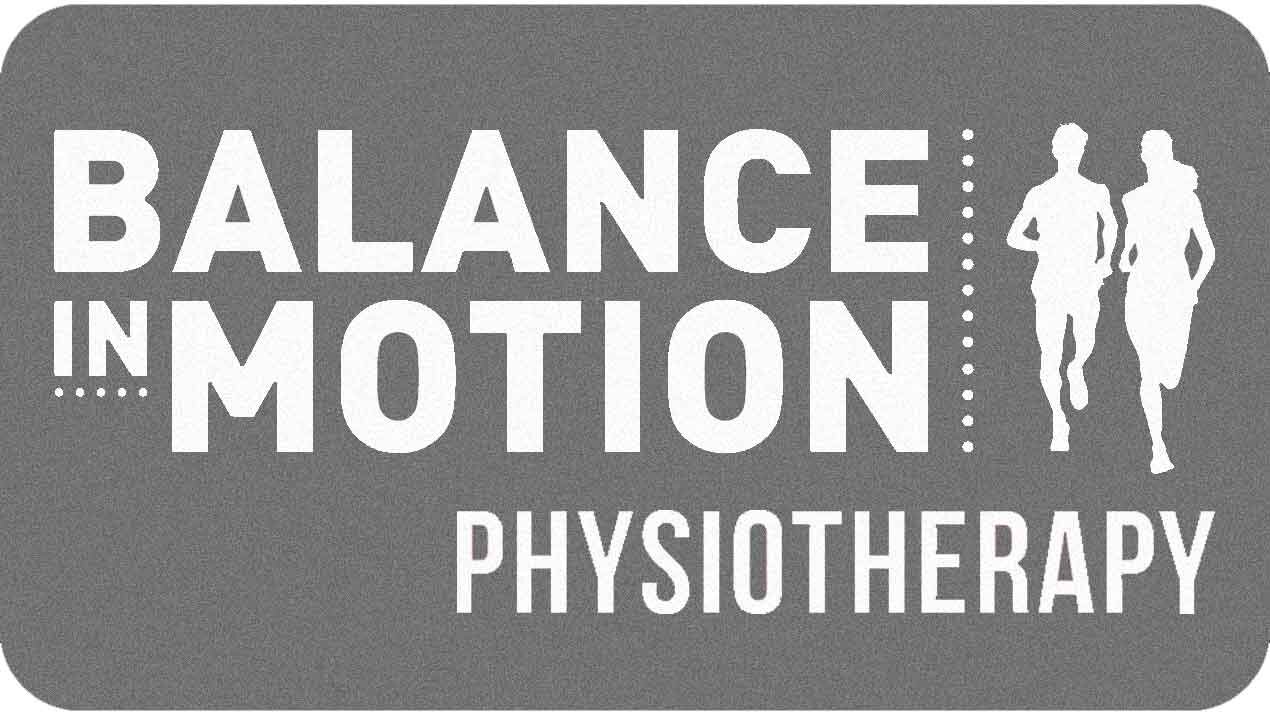Cycle Syncing for Runners & Lifters: Train Smarter with Your Hormones 🌸
/Cycle syncing is the practice of aligning your workouts, nutrition, and lifestyle habits with the different phases of your menstrual cycle. It’s gained significant popularity — especially on platforms like TikTok and Instagram — as more women explore how hormonal shifts might influence performance, recovery, and motivation. While scientific evidence supporting this approach is still limited, many find it intuitively helpful. Anecdotally, adjusting your routine in line with your cycle can make sense, particularly when it comes to managing energy levels and getting more in tune with your body’s natural rhythms. So, how can you cycle sync your routine to improve your training? Lets dive in!
🩸 1. Menstrual Phase (Days 1–5)
Low energy, low hormones — time to go easy.
Your period starts, and both estrogen and progesterone are low. You may feel tired, crampy, or just “off.”
Training Tips:
You can still train — low to moderate intensity is great if you feel up for it.
Strength training: Think deload week — lighter weights, more reps, mobility work.
Running: Opt for easy jogs, walking, or total rest. Don’t force it — recovery matters.
💡 Tip: Don’t feel guilty for dialling it back. Some rest or lighter sessions can help with recovery and reduce injury risk. Listen to your body; recovery might take a bit longer.
🔼 2. Follicular Phase (Days 6–13)
Rising estrogen = more energy, better endurance, strength, and faster recovery.
This is your power phase — mentally and physically.
Training Tips:
This is a great time to push harder — You recover faster, build muscle more easily, and handle stress better.
Strength training: Time to lift heavy and push hard. Go for PRs and focus on big compound lifts.
Running: Great for tempo runs, speed work, and long miles. Your stamina is on point.
💡 Tip: Perfect window to challenge yourself and build momentum, push your pace & miles.
🌕 3. Ovulation (Around Day 14)
Your body releases an egg — typically a 1–2 day window.
Peak hormones = peak performance — but be cautious with joints.
You’ll likely feel strong, fast, and unstoppable, but joint laxity is higher.
Training Tips:
Strength and power are at their highest
Strength training: Go for explosive lifts (like cleans or box jumps), max effort lifts etc but warm up thoroughly.
Running: Ideal for races, time trials (like 5ks), or high-intensity intervals — just watch form and stability.
Some women may be more prone to injury (like ACL tears) due to joint laxity — focus on good form and warmups. Stay tuned for FIFAs study into the effects of menstrual cycle on ACL injuries in women’s football (soccer).
💡 Tip: Use the surge in strength and confidence — just be mindful of injury risk.
🌙 4. Luteal Phase (Days 15–28)
Post-ovulation. Progesterone rises and then both hormones drop before your period. Higher progesterone = slower recovery, mood shifts, and PMS.
You might feel sluggish or less motivated. That’s normal.
Training Tips:
Endurance and strength may dip — be gentle with yourself.
Strength training: Stick to moderate weights and circuit-style training. Focus on form.
Running: Easy miles, steady-state cardio, or cross-training. Cut yourself some slack.
Great time to focus on recovery, lower intensity workouts: steady-state cardio, pilates, mobility etc.
💡 Tip: Adjust expectations & cut yourself some slack. Focus on consistency, not performance peaks. Rest and nutrition matter more now. If your pace drops or runs feel harder — that’s hormonal, not a setback.
Bonus Tips:
Track your cycle using apps like Stardust or Flo— this helps you notice patterns in your energy, motivation, and performance.
Fuel and hydrate well, especially in the luteal phase when your body needs more calories and may retain more water.
Don’t stress over fluctuations — it’s normal to have ebbs and flows in performance.
Jess Rose

